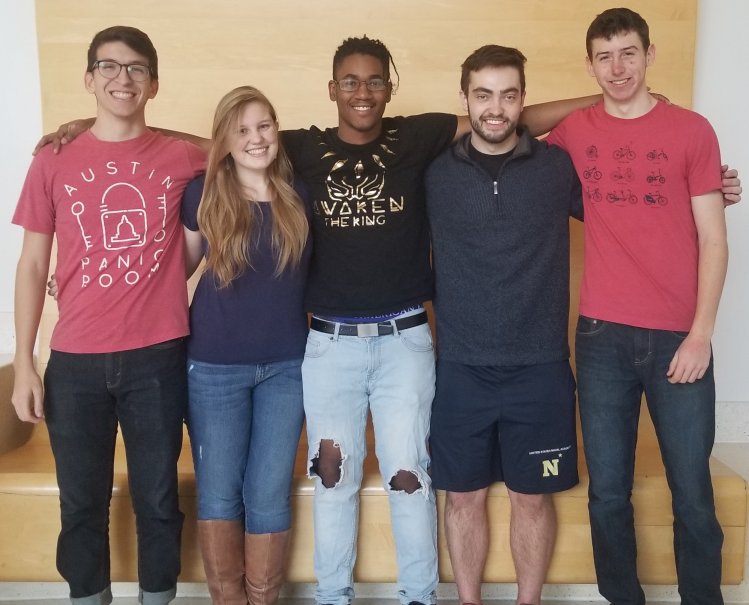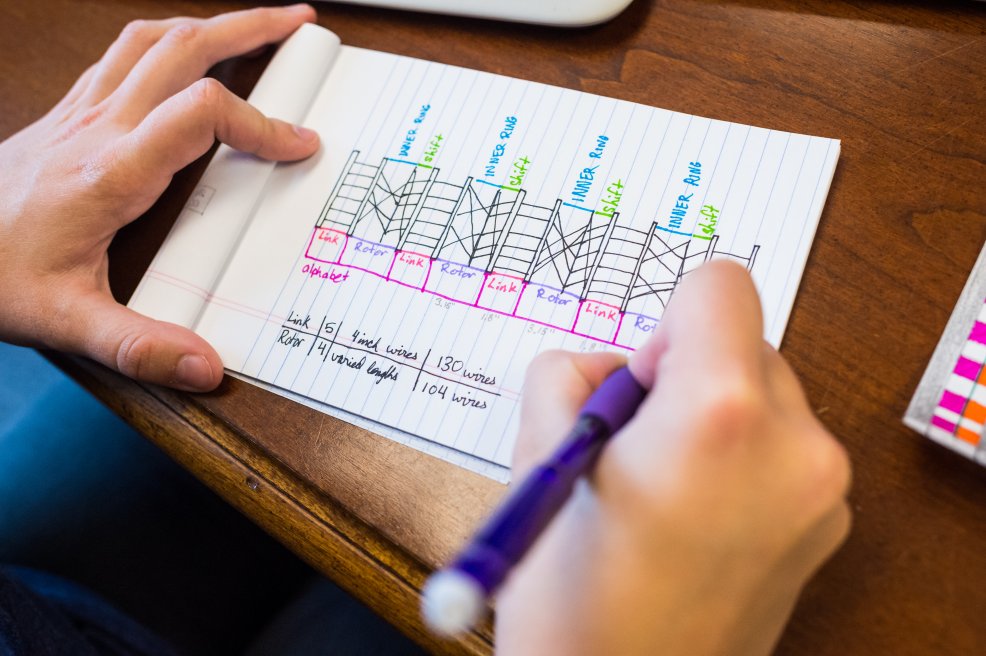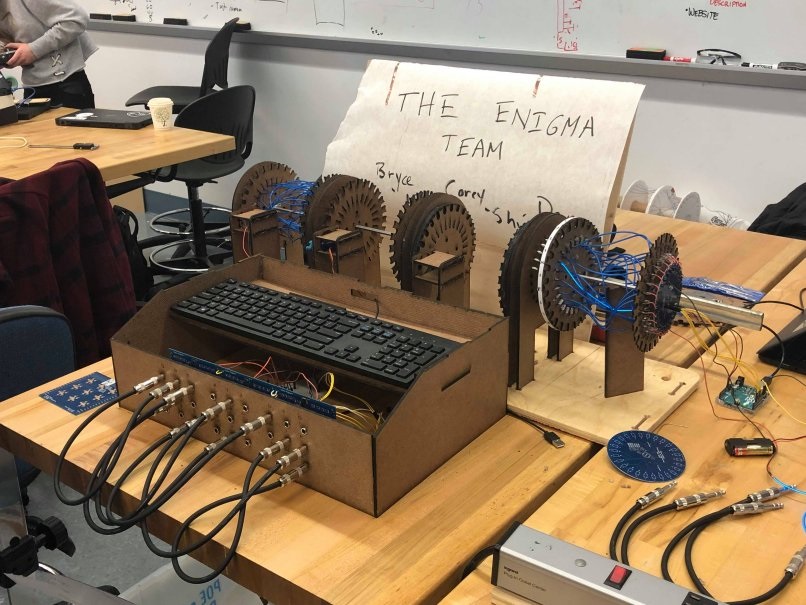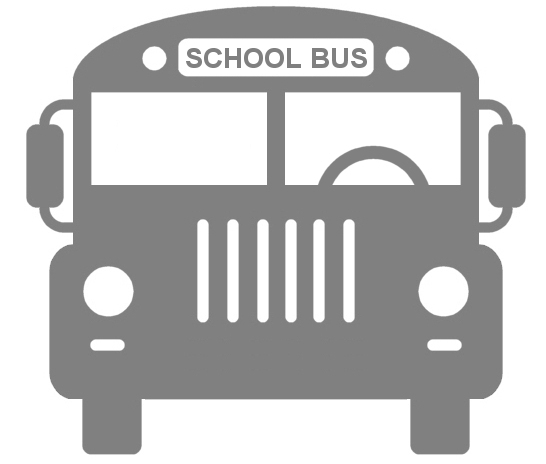The story of
the Enigma is a combination of technology, military
history and the mysterious world of espionage, code
breakers and intelligence. As it happens, these are the
perfect ingredients to attract the attention of young
people. Enigma therefore provides the perfect subject to
stimulate students to explore math and history.
Boring School Subjects
Imagine the response of your students
if you tell them that you're going to talk about the
Second World War and the invasion of Poland. They fall
into a coma. But what if you tell them about a crypto
machine on German U-boats, top
secret British missions to capture code books, and
students that were picked out of college to work on the
largest and utmost secret code breaking project in
history? What skills would your students need to crack
top secret German codes? You will have all eyes and ears
in your classroom!
The story of the Enigma machine is ideal to get your students interested. As
they dive into such stories, they discover other amazing
wartime events. Of course, once interested in brilliant
Polish codebreakers, it's a small leap to the invasions
of Poland. When they learn how Bletchley Park located the
U-boats by breaking their communications, they get
interested in naval warfare and Enigma's decisive role in
the Atlantic, North Africa and during D-day.
Exciting Mathematics
There's more than history. Math plays a
crucial role in breaking codes. Enigma is the perfect way
to show your students that math can make the difference.
Brilliant people like Alan Turing and Max Newton,
founders of computer technology, were ace code breakers
in Bletchley Park, and it all started with math! How many
possible combinations are there to place the rotors in
the Enigma and how much more complicated is a
Kriegsmarine Enigma?
There are also many pencil-and-paper
codes that are easy to apply, and some can be broken by
simple methods like letter frequency analysis. And we
even didn't talk about the Colossus, the very
first electronic computer, built to crack German
messages, encrypted with the Lorenz machine.
Cryptography, math and linguistics provide so many
opportunities for interesting assignments.
Make History and Technology Tangible
Libby Tawes is a fine example of how
history and cryptology can inspire you. Through Olin
College's Sketch Model Program fellowship, she worked as
an intern at the Graveyard of the Atlantic
Museum in
Hatteras. Her major assignment was to research and design
an exhibit about the Enigma machine. The museum displays
the well-known naval Enigma with serial M2946, recovered
from U-boat U-85. Libby asked permission to use our
Enigma simulator at the museum, but her work as an intern
turned out to be far more interesting.
in
Hatteras. Her major assignment was to research and design
an exhibit about the Enigma machine. The museum displays
the well-known naval Enigma with serial M2946, recovered
from U-boat U-85. Libby asked permission to use our
Enigma simulator at the museum, but her work as an intern
turned out to be far more interesting.
Her goal was to design an interactive
visualization of the Enigma. The idea was to demonstrate
the encryption process in real time with
electroluminescent wire that represented the Enigma
rotors and their internal wiring, and she got her chance
when she returned that fall to her Principles of
Engineering class (POE) at Olin College. The main goal of
that class was to build an electromechanical system.
When the project started, she was
randomly assigned a team of five and proposed her
interactive visualization of the Enigma as the team's
class project. Her teammates Dan, Bryce, Corey and
Shyheim were enthused and set off to build the
interactive Enigma. Corey co-led the electrical subteam
with Bryce, who also contributed to the software subteam.
Daniel was the lead for the mechanical subteam and also
contributed to programming. Shyheim worked mainly in the
mechanical subteam but also on CAD and programming.
Libby, as resident mechanical engineer, contributed
mainly to the overall organization and managing the
team. After eight weeks of intense work, they had created
an operational version and posted their progress on a
website (click the images below).

The Olin Enigma Team
©
Enigma POE Team |
|

The initial design for the
Enigma rotor wirings
©
Enigma POE Team |
|

Their machine at the demo day
©
Enigma POE Team |
|
Note: Some Olin
College links are temporarily replaced by their Internet
Archive versions as they launched a new website, and some
pages migrated.
You can visit the Enigma Machine at Olin
College . See
also A Fresh Take on an
Historic Machine (archive link
. See
also A Fresh Take on an
Historic Machine (archive link ) from the Olin
team members, but make sure to click all "Learn
More" links on that page, to discover photos of
their fantastic interactive visualization project at the Principles of Engineering
class
) from the Olin
team members, but make sure to click all "Learn
More" links on that page, to discover photos of
their fantastic interactive visualization project at the Principles of Engineering
class from Olin College of Engineering
from Olin College of Engineering . The class
stimulates students to work as a team to design,
construct and test electromechanical systems while
learning development and production processes. More about
Libby's fellowship at Olin College's Sketch
Model Program
. The class
stimulates students to work as a team to design,
construct and test electromechanical systems while
learning development and production processes. More about
Libby's fellowship at Olin College's Sketch
Model Program and
how she got inspired at Cracking The Code
and
how she got inspired at Cracking The Code .
.
Libby's story is a wonderful example of
how Enigma and its history can inspire young people. When
she learned about the Enigma machine, she was not only
inspired to visualise the machine's encryption process.
She also tickled the interest of her team members to
embark on a project that in turn is designed to
interactively get others interested in Enigma and its
history.
A resident student in a museum is all
you need to turn seemingly boring subjects like
cryptography and WW2 history into a fascinating project
by engineering students. Or how history can spark the
imagination of young people to become better students.
That's why we document history and make it available at
Cipher Machines and Cryptology. History is there to
share!
The Enigma machine that inspired Libby
comes with a fascinating story. In 2001, divers recovered Enigma M2946 from the wreck of
the German U-boat U-85. The destroyer USS Roper sunk U-85
by gunfire on April 14, 1942, in the North Atlantic near
Cape Hatteras where the museum is located. U-85 was part
of Operation Drumbeat
from the wreck of
the German U-boat U-85. The destroyer USS Roper sunk U-85
by gunfire on April 14, 1942, in the North Atlantic near
Cape Hatteras where the museum is located. U-85 was part
of Operation Drumbeat (Unternehmen
Paukenschlag) to attack American ships in their own
coastal waters. U-85 was lost with all hands aboard. More
about U-85 at the U-boat Archive
(Unternehmen
Paukenschlag) to attack American ships in their own
coastal waters. U-85 was lost with all hands aboard. More
about U-85 at the U-boat Archive and on U-boat.net
and on U-boat.net . The Enigma is now displayed at the Graveyard of the Atlantic
Museum
. The Enigma is now displayed at the Graveyard of the Atlantic
Museum .
.
Do It!
If you're interested in using the story
of Enigma in your school, this website is a great place
to start collecting information on the subject. Of
course, there are many other sources, especially on WW2
history, and I have put in many links to additional
information. You can get a taste of code breaking
excitement by visiting our Enigma Cipher Challenge,
and create your own codebreaking challenge at school,
where the students get the key settings to decipher an
encrypted message that contains an important historical
event. Let them then research that history. You can even
make a paper version of the
Enigma .
.
Teaching about the Cold War? Start with
the development of the nuclear bomb, add high profile
espionage cases, and demonstrate your pupils modular
arithmetic by teaching them how to decipher a one-time
pad message. Explain
letter-frequency analysis, as used in Edgar Allan Poe's The
Gold-Bug. This way, they learn
to apply math, and they like it! Of course, there are many
other ways to create a fascinating project in your class.
If you have any questions regarding cryptography, the
Enigma or other cipher machines and their role in history
for your school project, then contact me!
![]() . See
also A Fresh Take on an
Historic Machine (archive link
. See
also A Fresh Take on an
Historic Machine (archive link![]() ) from the Olin
team members, but make sure to click all "Learn
More" links on that page, to discover photos of
their fantastic interactive visualization project at the Principles of Engineering
class
) from the Olin
team members, but make sure to click all "Learn
More" links on that page, to discover photos of
their fantastic interactive visualization project at the Principles of Engineering
class![]() from Olin College of Engineering
from Olin College of Engineering![]() . The class
stimulates students to work as a team to design,
construct and test electromechanical systems while
learning development and production processes. More about
Libby's fellowship at Olin College's Sketch
Model Program
. The class
stimulates students to work as a team to design,
construct and test electromechanical systems while
learning development and production processes. More about
Libby's fellowship at Olin College's Sketch
Model Program![]() and
how she got inspired at Cracking The Code
and
how she got inspired at Cracking The Code![]() .
. ![]() from the wreck of
the German U-boat U-85. The destroyer USS Roper sunk U-85
by gunfire on April 14, 1942, in the North Atlantic near
Cape Hatteras where the museum is located. U-85 was part
of Operation Drumbeat
from the wreck of
the German U-boat U-85. The destroyer USS Roper sunk U-85
by gunfire on April 14, 1942, in the North Atlantic near
Cape Hatteras where the museum is located. U-85 was part
of Operation Drumbeat![]() (Unternehmen
Paukenschlag) to attack American ships in their own
coastal waters. U-85 was lost with all hands aboard. More
about U-85 at the U-boat Archive
(Unternehmen
Paukenschlag) to attack American ships in their own
coastal waters. U-85 was lost with all hands aboard. More
about U-85 at the U-boat Archive![]() and on U-boat.net
and on U-boat.net![]() . The Enigma is now displayed at the Graveyard of the Atlantic
Museum
. The Enigma is now displayed at the Graveyard of the Atlantic
Museum![]() .
.![]() .
.


